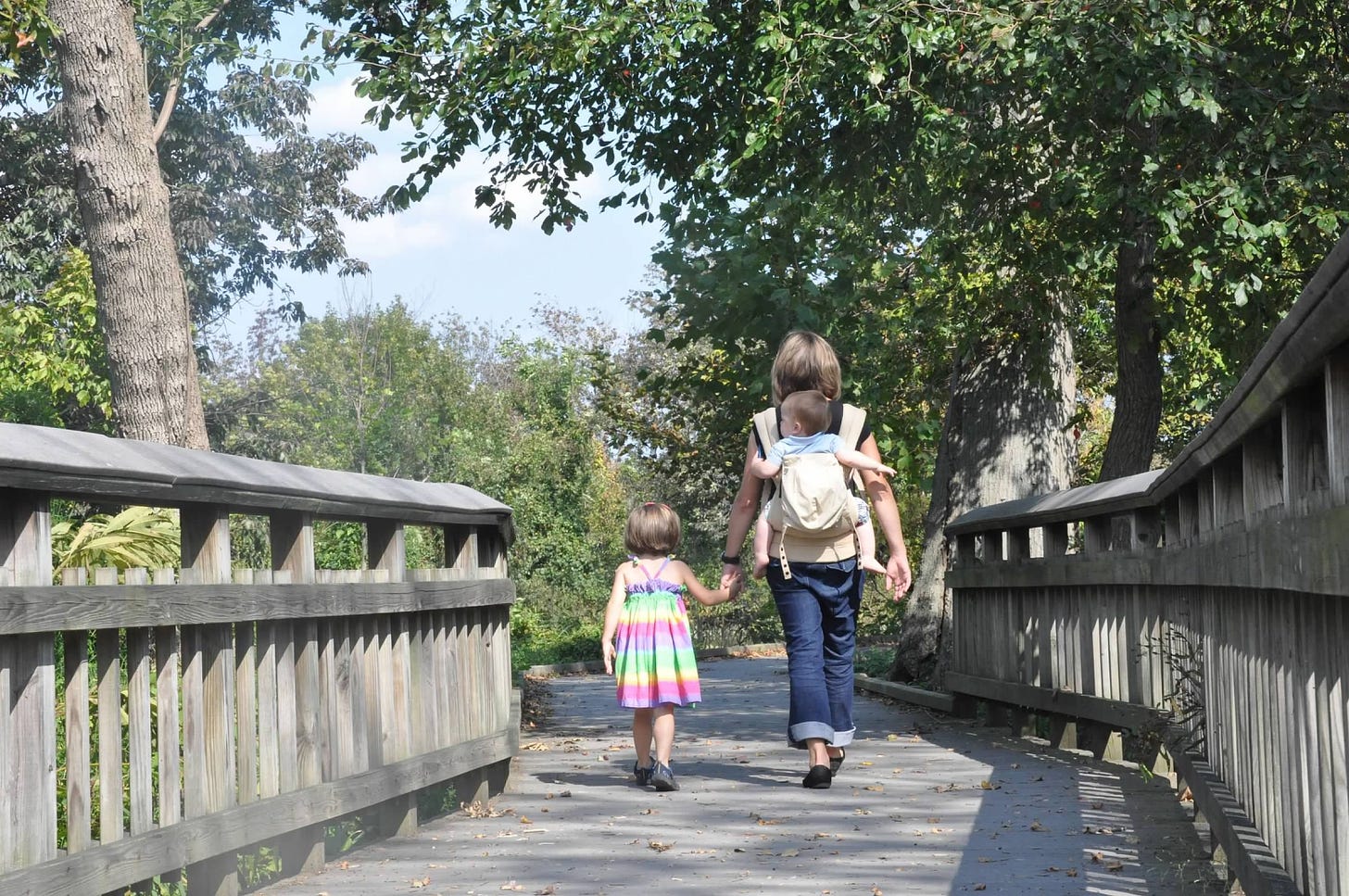COVID-19 and Our Children
As we head into Mother’s Day weekend, I am reflecting upon and cherishing my role as a mom. While most people know me as an epidemiologist and professor (or maybe a TV news contributor!), I am also the (proud) mom to two kids.

Mothering during the pandemic has been hard. Navigating what our family can and should do has been tricky. We have faced many disappointments throughout the last 18 months. Some of those disappointments were big — dance recitals canceled, no summer soccer season, a trip to Cape Cod canceled, and no in-person school (I made the decision in June 2020 that they would be remote for this year). But we have also found joy in family dinners, creating a Lego room, new Disney TV shows (WandaVision!!), and countless hikes and bike rides; not to mention forming a pod family/quaranteam with our BFFs.
A full reflection about parenting during the pandemic (which my daughter would likely title My So-Called 7th Grade Life Ruled/Ruined By My Mom the Mean Epidemiologist) is warranted, but will take time to write. And time is NOT on our side today.
When it comes to our kids and COVID-19, we need to be concerned —
Pediatric cases are increasing. Kids make up approximately 22% of all new COVID cases in the United States. As of the end of April, more than 3.78 million children in the United States have been diagnosed with COVID-19. This is approximately 14% of all COVID-19 cases.
Children are experiencing long-COVID. A recent paper out of the UK found that nearly half of children who are diagnosed with COVID-19 have long lasting symptoms. Symptoms include fatigue, headaches, muscle & joint pain, rashes, heart palpitations, and mental health issues, such as short-term memory loss and inability to concentrate. The UK Office for National Statistics reports that 12.9% of kids 2-11 years old and 14.5% of kids 12-16 have COVID symptoms lasting at least five weeks post-diagnosis.
“It is becoming increasingly apparent that a large number of children with symptomatic and asymptomatic COVID-19 are experiencing long-term effects, many months after initial infection.” ~ Helen Thomson
Outbreaks of the B117 variant are occurring in schools. The B117 variant is 50% MORE transmissible than the wild type/original SARS-CoV-2 virus. Schools in Italy, Denmark, the Netherlands, and Germany have seen significant outbreaks of COVID-19 among students. Many schools have closed.
"It seems that children infected with B117 are more often symptomatic. That could also translate into more transmission. This virus is hard to stop, and that is even more so for the more transmissible variants. So it remains important to respect the rules, stay home when sick, get tested, avoid crowds, and respect physical distancing." ~Dr. Marion Koopmans, DVM PhD
A small percentage (less than 1%) of 16- and 17-year-olds has been vaccinated. Teenagers 16 and older are eligible to receive the Pfizer COVID-19 vaccine. However, few have been vaccinated to date.
As we enter the last months of school this year, we must remember that the pandemic is NOT over. Masking is still necessary. And kids who are able to get the vaccine need to get it as soon as possible.
There is good news on the horizon — next week (the 12th) the Advisory Committee on Immunization Practices (ACIP) is meeting to determining whether the Pfizer vaccine should be made available to kids 12-15 years of age. Should the ACIP approve the vaccine for this age group — not only will I be first in line with my 12 year old, but we will increase the number of individuals able to receive the vaccine. Our shared goal must be to get everyone vaccinated.



